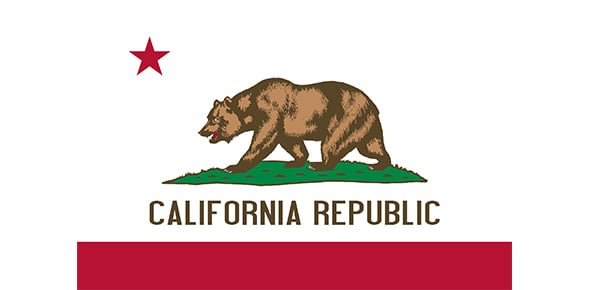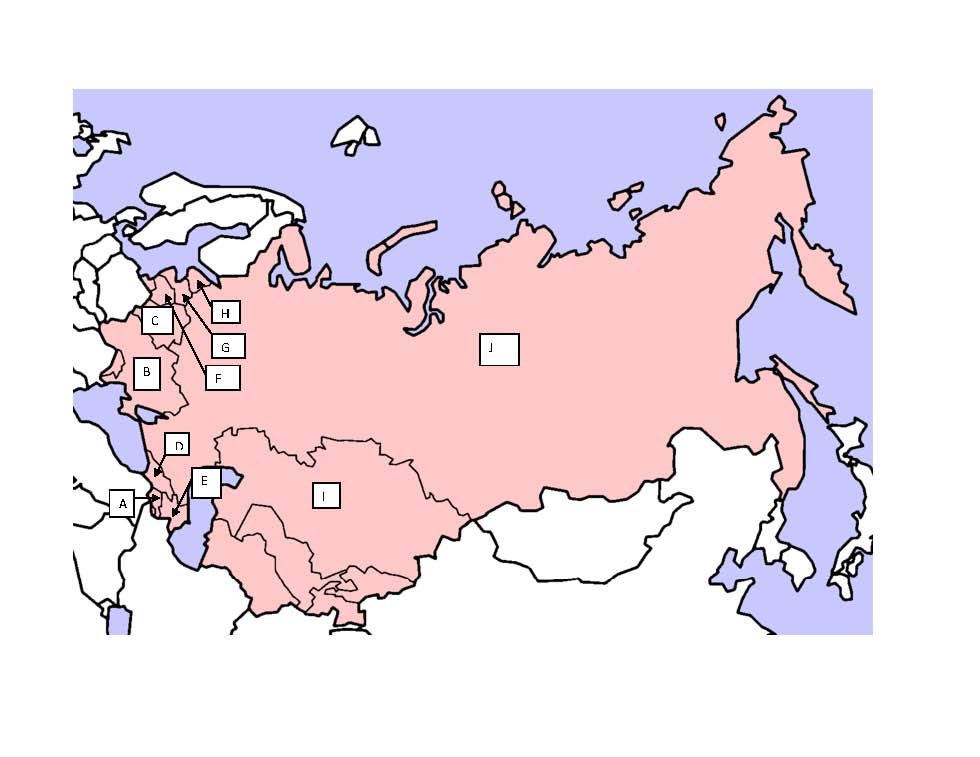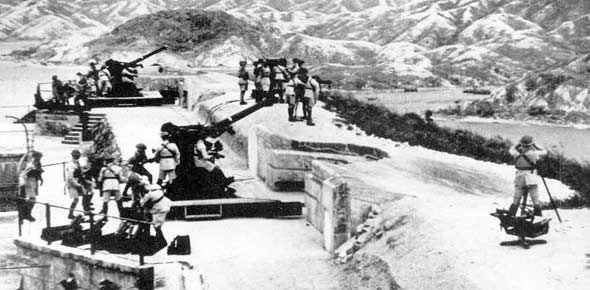DSST Rise And Fall Of The Soviet Union Test Prep
-
Who was the final leader of the Soviet Union?
-
Wladimir Lonikov
-
Mikhail Gorbachev
-
Alisha Moskov
-
Artem Putin
-
This book focuses on the beginning as well as the surprising end of the Soviet Union. It affords young generations the opportunity of knowing events in the Russian history as far as political power is concerned. Particularly, the seemingly great perception of Marxism and Communism while the union existed.

Quiz Preview
- 2.
Who was the president of Russia when the Union fell?
-
Andrei Kremlin
-
Boris Yeltsin
-
Adrian Vladimir
-
Aleksandr Anatoly
Correct Answer
A. Boris YeltsinExplanation
Boris Yeltsin was the president of Russia when the Union fell. This is because Yeltsin served as the first President of the Russian Federation from 1991 to 1999. During his presidency, the Soviet Union dissolved in 1991, leading to the formation of the Russian Federation. Yeltsin played a crucial role in the transition from a communist state to a democratic one, making him the correct answer to the question.Rate this question:
-
- 3.
What economic system was practiced while the Soviet Union existed?
-
Socialism
-
Fascism
-
Capitalism
-
Mixed economy
Correct Answer
A. SocialismExplanation
The economic system practiced while the Soviet Union existed was socialism. This means that the means of production, distribution, and exchange were owned and controlled by the state, rather than by private individuals or corporations. In a socialist system, resources are allocated based on the needs of the society as a whole, rather than for profit. This is in contrast to capitalism, where resources are privately owned and allocated based on market forces, and fascism, which combines a totalitarian government with a capitalist economy. A mixed economy, on the other hand, combines elements of both socialism and capitalism.Rate this question:
-
- 4.
Which of these places was the capital of the Soviet Union?
-
Moscow
-
Helsinki
-
Eurasia
-
St Petersburg
Correct Answer
A. MoscowExplanation
Moscow was the capital of the Soviet Union. The Soviet Union was a socialist state that existed from 1922 to 1991, and Moscow served as its political and administrative center throughout its existence. It was in Moscow that the Soviet government was headquartered, and it was also where important decisions regarding the country's governance and policies were made. Therefore, Moscow is the correct answer to the question.Rate this question:
-
- 5.
When was the Soviet Union dissolved?
-
May 10, 1993
-
June 13, 1989
-
December 26, 1991
-
September 22, 1990
Correct Answer
A. December 26, 1991Explanation
The correct answer is December 26, 1991. This is the date when the Soviet Union officially dissolved. After years of political and economic turmoil, the leaders of the Soviet republics agreed to dissolve the Union and form the Commonwealth of Independent States (CIS). This marked the end of the Soviet Union as a centralized communist state and the beginning of a new era for the former Soviet republics.Rate this question:
-
- 6.
When was Mikhail Gorbachev elected the secretary general of the Union?
-
May 17, 1973
-
March 11, 1985
-
June 19, 1981
-
January 12, 1972
Correct Answer
A. March 11, 1985Explanation
Mikhail Gorbachev was elected the secretary general of the Union on March 11, 1985. This date marks the beginning of Gorbachev's tenure as the leader of the Soviet Union, during which he implemented significant political and economic reforms known as perestroika and glasnost. These reforms aimed to modernize and open up the Soviet Union, but ultimately led to its dissolution in 1991. Gorbachev's election as secretary general in 1985 was a turning point in Soviet history and had a profound impact on global politics.Rate this question:
-
- 7.
When did the cold war occur?
-
1981
-
1983
-
1989
-
1987
Correct Answer
A. 1989Explanation
The Cold War occurred from 1947 to 1991, with the main period of tension and conflict between the United States and the Soviet Union lasting from the late 1940s to the early 1990s. The year 1989 marks a significant event in the Cold War as it was the year when the Berlin Wall fell, symbolizing the end of the division between East and West Germany and the beginning of the end of the Cold War. This event led to a series of political changes and ultimately the dissolution of the Soviet Union in 1991.Rate this question:
-
- 8.
Which of these was not part of the Soviet Union?
-
Latvia
-
Moldova
-
Georgia
-
Lithuania
Correct Answer
A. LithuaniaExplanation
Lithuania was not part of the Soviet Union. The Soviet Union was composed of 15 republics, including Latvia, Moldova, and Georgia, but Lithuania was not one of them.Rate this question:
-
- 9.
What year saw the beginning of the Soviet Union?
-
1917
-
1908
-
1903
-
1922
Correct Answer
A. 1922Explanation
The correct answer is 1922. In 1922, the Soviet Union was officially established as a federal socialist state, following the Russian Revolution and the subsequent dissolution of the Russian Empire. The Soviet Union, also known as the Union of Soviet Socialist Republics (USSR), lasted until its dissolution in 1991.Rate this question:
-
- 10.
When was Yegor Ligachev and Nikolai Ryzhkov brought two protéges into the Politburo?
-
January 29, 1978
-
March 29, 1978
-
May 21, 1973
-
April 23, 1985
Correct Answer
A. April 23, 1985Explanation
Yegor Ligachev and Nikolai Ryzhkov brought two protégés into the Politburo on April 23, 1985.Rate this question:
-
Quiz Review Timeline (Updated): Mar 20, 2023 +
Our quizzes are rigorously reviewed, monitored and continuously updated by our expert board to maintain accuracy, relevance, and timeliness.
-
Current Version
-
Mar 20, 2023Quiz Edited by
ProProfs Editorial Team -
Oct 03, 2018Quiz Created by
Gregorynaomi
Which Former Soviet Union Country Are You Quiz
Ever wondered if you were to be a Soviet Union country, which would you be? Check out this quiz and find out which former Soviet Union country you are? With this epic personality...
Questions:
10 |
Attempts:
1196 |
Last updated:
Oct 18, 2022
|
Rise & Fall Of The Soviet Union Test 1
The Soviet Union was one of the world’s biggest and most powerful Nation in the world. The collapse of this union brought with it cheers and fears. This collapse led to...
Questions:
40 |
Attempts:
215 |
Last updated:
Nov 10, 2023
|
Former Soviet Union Practice Test
This practice test focuses on identifying countries of the former Soviet Union, enhancing geographical knowledge and understanding of Eastern European geopolitics. It assesses...
Questions:
15 |
Attempts:
346 |
Last updated:
Mar 21, 2023
|
The Fall Of The Soviet Union
Lets see how much you know about what you have read about The Fall Of The Soviet Union
Questions:
7 |
Attempts:
225 |
Last updated:
Mar 21, 2023
|
Russia And The Soviet Union: History
Complete the Test on Russia and the Soviet Union: History. Upon completion continue working on your Webquest. If you finish you webquest you will also have the option of playing...
Questions:
35 |
Attempts:
880 |
Last updated:
Mar 21, 2023
|
Rise & Fall Of The Soviet Union Test 1
The Soviet Union was one of the world’s biggest and most powerful Nation in the world. The collapse of this union brought with it cheers and fears. This collapse led to...
Questions:
40 |
Attempts:
215 |
Last updated:
Nov 10, 2023
|
 Back to top
Back to top















